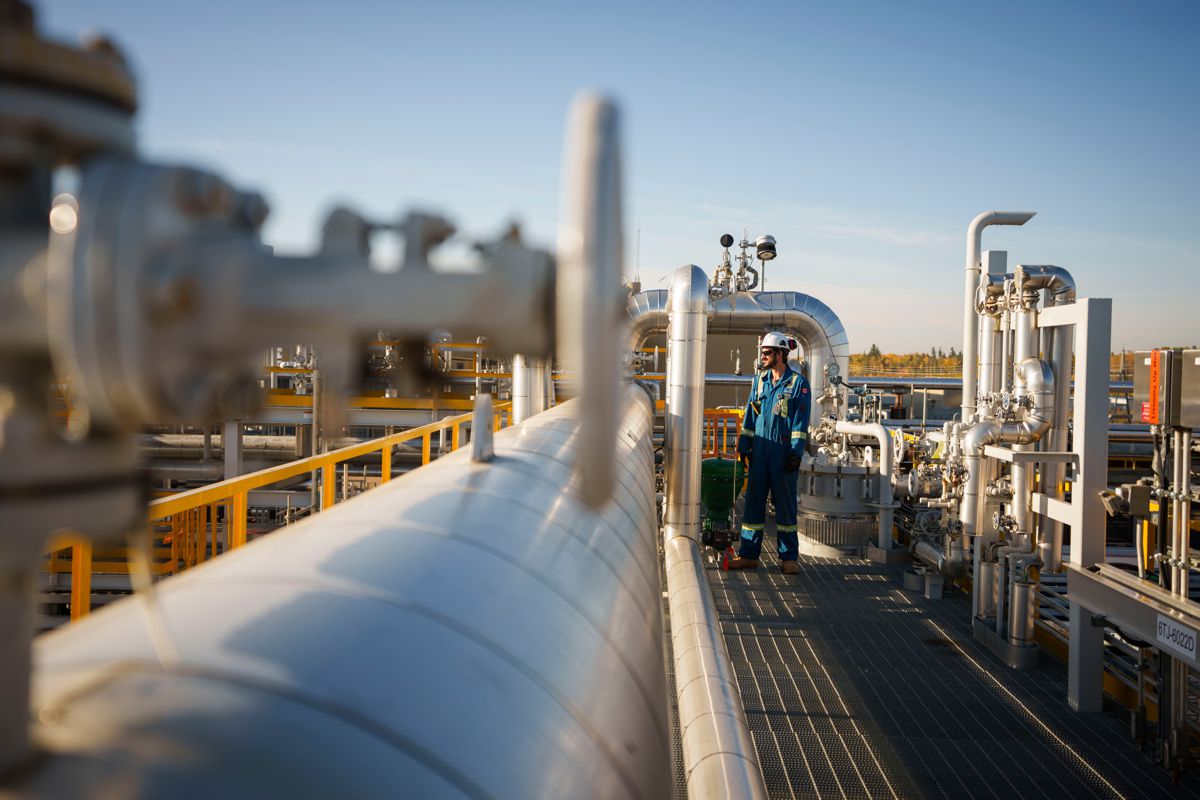Imperial using Lower Emission Technology for Oil Production
Imperial today announced its Grand Rapids oil sands project has started production at Cold Lake, marking the first commercial deployment of the recovery technology that uses less steam to lower emissions intensity.
The project, located at Imperial’s Cold Lake operating site, is expected to reduce greenhouse gas emissions intensity by up to 40 percent compared to existing processes in use. The technology, known as solvent-assisted, steam-assisted gravity drainage, or SA-SAGD, uses a lighter oil mixed with steam to recover the oil from underground deposits. Imperial developed and piloted the technology, which is the first deployment in industry.
“Grand Rapids represents a key milestone in Imperial’s plans to continue to lower emissions and deliver value for shareholders through high-value opportunities that continue to grow production and reduce costs,” said Brad Corson, chairman, president and chief executive officer.
“At Cold Lake, we are working to transition approximately 40 percent of production to lower emission technology by 2030. I want to commend the teams that have safely brought this project to production more than a year ahead of the original schedule.”
Production will continue to ramp up over the next few months to achieve full rates of 15,000 gross barrels per day later this year.
Imperial is planning reductions in greenhouse gas emissions intensity over the next decade to help support Canada’s net zero goals. By the end of 2030, Imperial anticipates reduced Scope 1 and 2 greenhouse gas emissions intensity of its operated oil sands facilities by 30 percent, compared with 2016 levels.
The company plans to achieve this through implementation of lower greenhouse gas next generation technologies at its Cold Lake operation, efficiency improvements at its facilities and the use of carbon capture and storage.




















